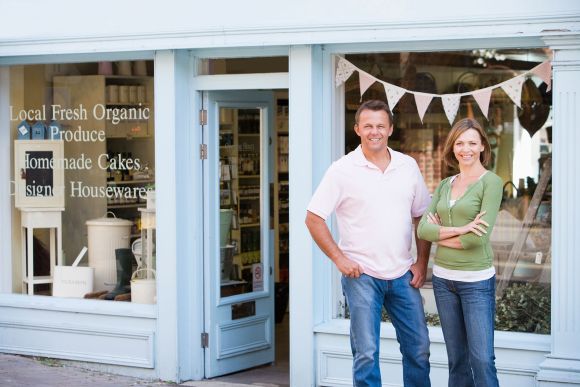It’s been a tough decade for big box retailers. Mass merchants and online retailers have driven down prices, putting pressure on margins. Consumers emerged from the recession with a different attitude toward spending, one that emphasizes experiences over things.
It’s clear from big box retail trends that many retailers, particularly specialty retailers, need to reinvent themselves for a new era. But how?
1. Close or Relocate Unprofitable Stores to Optimize Footprint
Prior to the recession, closing stores was taboo. But today, big box retailers recognize that optimizing their store footprint is essential and an increasing number of them are shedding unprofitable stores.
The challenge is determining which stores are in the right locations but need additional investment, and which stores are good candidates for closure or relocation. Conducting an assessment of existing stores by comparing sales forecasts to actual performance is helpful in segmenting stores and spotting optimization opportunities.
2. Downsize for Urban Markets
For big box retailers whose core customers are migrating to urban centers, it may make sense to develop a smaller store format suited to areas where the price per square foot makes a big box format unprofitable. Target made headlines for experimenting with this approach, as did Lowe’s and others.
Assessing urban real estate presents a unique set of questions. What is the proximity to subway stations and bus stops? How much traffic is in the area? Neighborhood-level intelligence is essential to identifying the right sites.
3. Emphasize the Experience
With the myriad of shopping options available to consumers today, why do they continue to visit stores? Quite simply, it all comes down to the experience.
According to the U.S. Census Bureau, 91.9% of all retail sales are still made in brick-and-mortar stores. Brick and mortar stores offer the benefit of being able to see the merchandise before purchasing it and the immediate gratification of being able to take items home after purchase, rather than waiting for items to ship.
That said, consumers are increasingly voicing dissatisfaction with the impersonal big box retail experience of the past and are favoring stores that make shopping fun again. They want to be able to sample products, rather than simply see them in a box, and shop in an environment that provides inspiration and personalization.
Rethinking the shopping experience is a challenge for American big box retailers, but it returns the industry to its roots when a shopping trip was an event rather than a simple errand.
The Bottom Line
By optimizing the store fleet, developing prototypes for new markets, and emphasizing the customer experience, big box retailers can reinvent themselves, and reverse the current big box retail trends, to reach today’s customers.
Watch our brief video to learn more about how analytics can help you to improve the performance of your existing locations.


